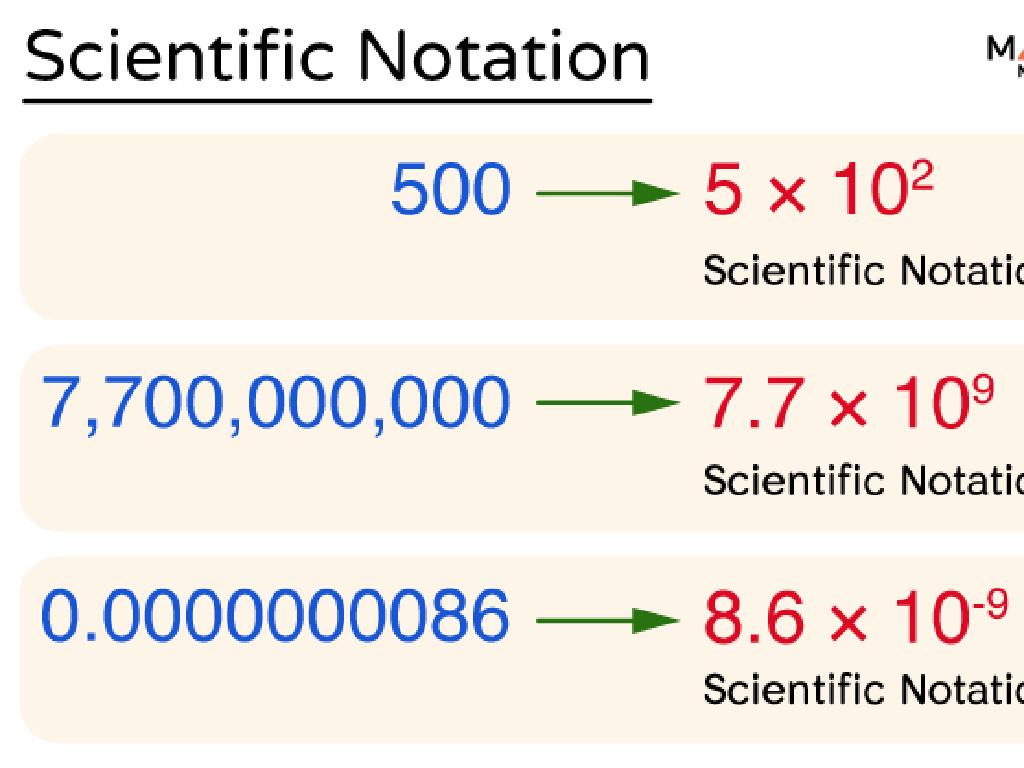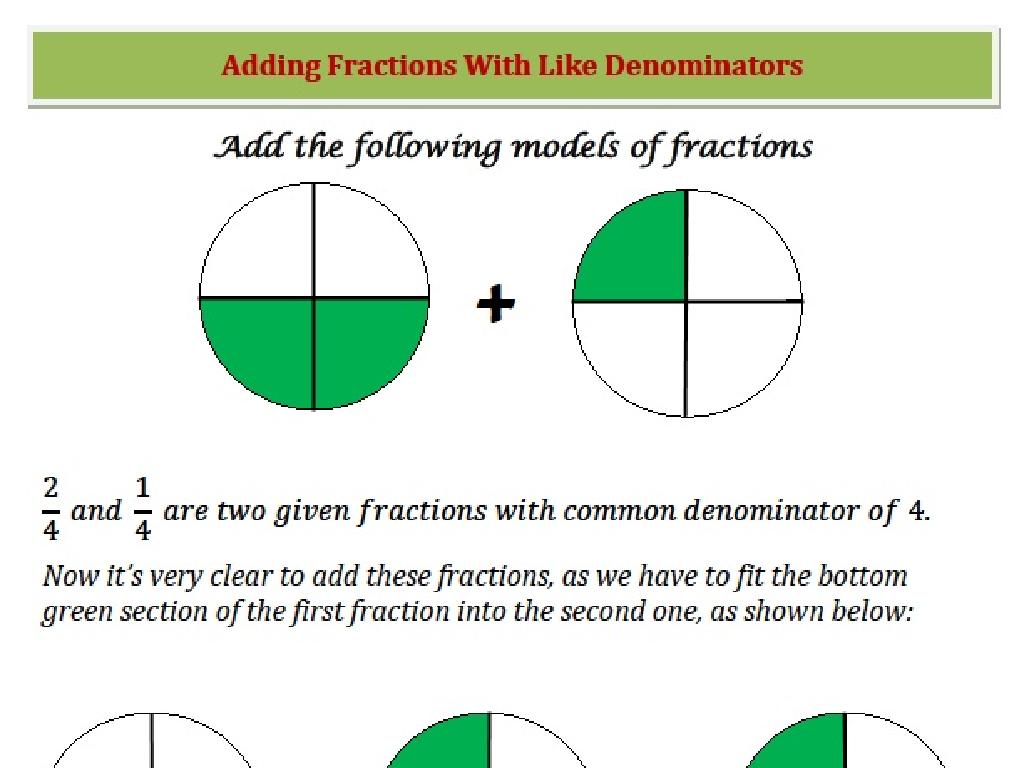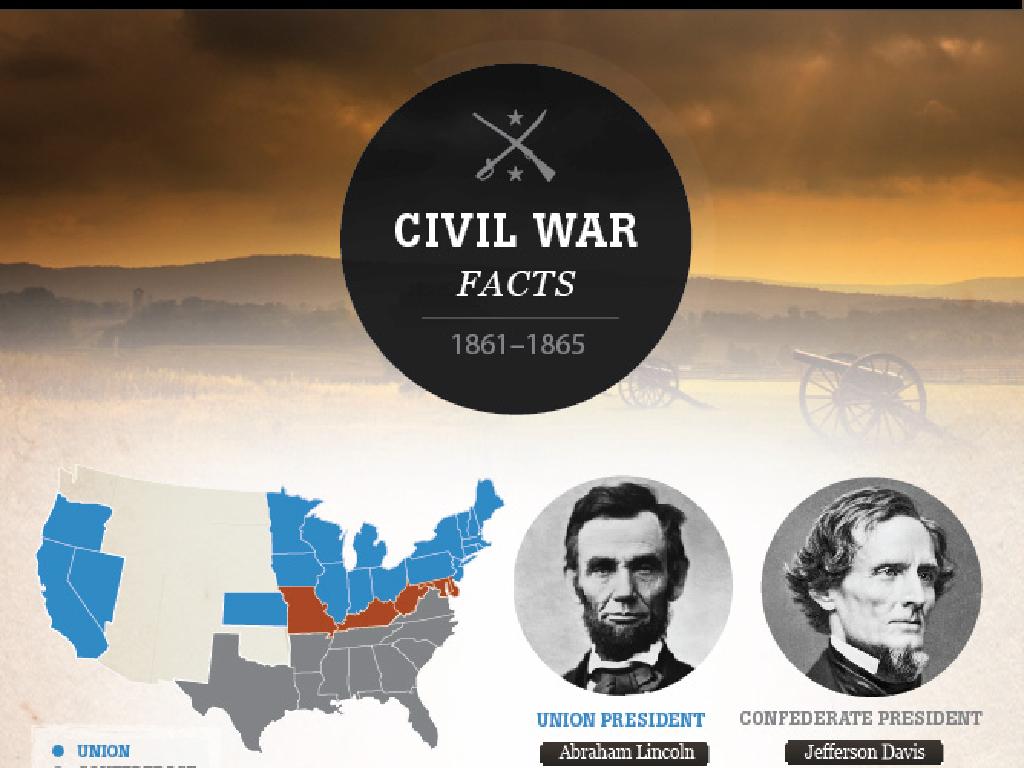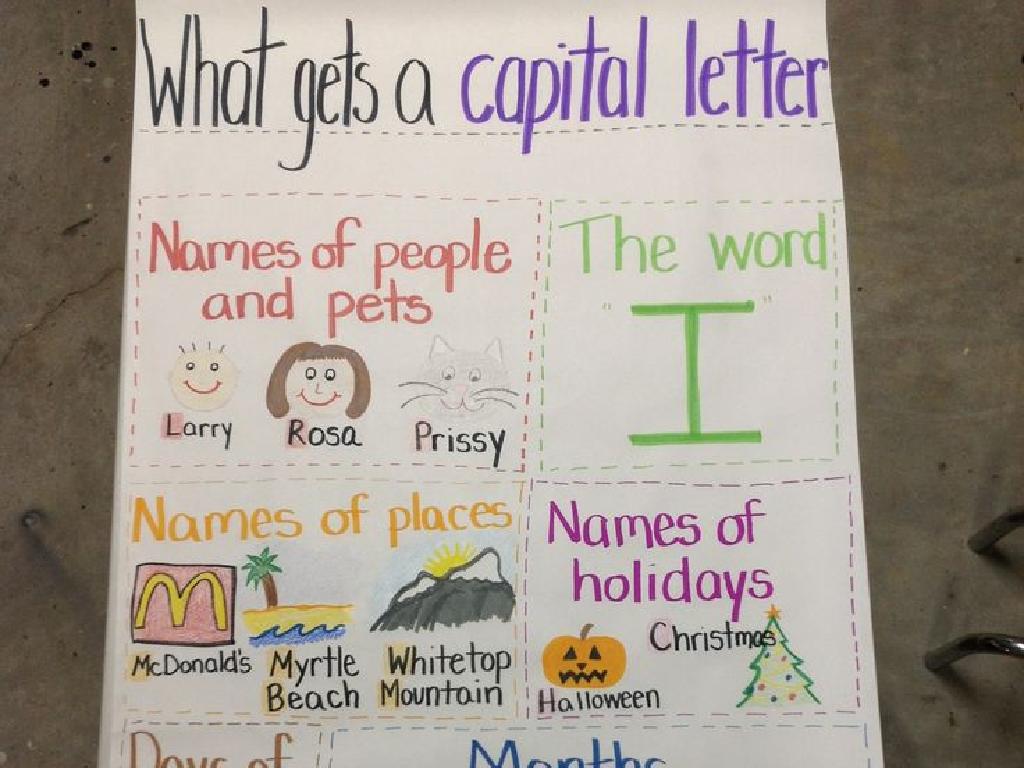Choose The Picture That Rhymes With The Word
Subject: Language arts
Grade: Pre-k
Topic: Rhyming
Please LOG IN to download the presentation. Access is available to registered users only.
View More Content
Welcome to Rhyming Words!
– Greet our little learners
– Today’s fun topic: Rhyming pictures!
– What are rhyming words?
– Words that sound the same at the end
– Examples: ‘cat’ rhymes with ‘hat’
– Like ‘dog’ and ‘frog’, or ‘bee’ and ‘tree’
|
Begin the class with a warm and enthusiastic greeting to set a positive tone. Introduce the concept of rhyming by explaining that rhyming words have the same ending sounds. Use very simple and familiar words to illustrate this concept, such as ‘cat’ and ‘hat’, which the children can easily recognize and understand. Emphasize the fun aspect of finding rhymes and encourage the children to listen to the sounds rather than focus on spelling. Prepare to show pictures that rhyme with given words and ask the children to match them, reinforcing their understanding of rhymes through visual and auditory learning.
What is Rhyming?
– Rhyming words sound alike
– Words that have the same ending sound
– See rhyming examples: dog & frog
– Look at pictures, find what rhymes with ‘dog’
– Match ‘bee’ with ‘tree’
– Can you find the picture that rhymes with ‘bee’?
– Use motions for rhyming sounds
– Clap or tap when you hear words that rhyme
|
This slide introduces the concept of rhyming to Pre-k students. Rhyming words are explained as words that have the same ending sound. Use visual aids like pictures to help students connect the concept with familiar objects. For example, show a picture of a dog and a frog, and emphasize the ‘og’ sound that they share. Encourage the children to match the word ‘bee’ with ‘tree’ by identifying the similar ending sound ‘ee’. Incorporate hand motions or sounds, such as clapping or tapping, to engage the students and help them recognize the rhyming parts. During the class, have the students practice by finding rhymes for given words and using body movements to reinforce their learning.
Let’s Practice Rhyming!
– Say a word together
– Guess a rhyming word
– Think of words that sound similar
– Use pictures for clues
– Visual hints can spark ideas
– Praise all attempts
– Encourage every try to boost confidence
|
This slide is designed for an interactive class activity to practice rhyming skills. Start by saying a word out loud and ask the students to guess another word that rhymes with it. Provide pictures as visual aids to help them make connections between the words. It’s important to praise all attempts, whether they are correct or not, to encourage participation and build the children’s confidence. This activity will help students develop phonemic awareness by recognizing and producing rhyming words, which is a foundational skill for reading. Have a variety of rhyming words and pictures ready to keep the activity engaging and ensure that every child has a chance to participate.
Rhyme Time: Matching Game
– Let’s play a rhyming picture game
– I’ll show you how to match them
– For example, ‘cat’ rhymes with ‘hat’. I’ll match these pictures.
– Clap when you find a rhyming pair
– Clapping makes it exciting and celebrates our success!
– Have fun finding rhymes together
|
This slide introduces a matching game to help Pre-k students understand the concept of rhyming. Start by explaining that rhyming words have the same ending sounds. Demonstrate the activity by matching words with pictures that rhyme. For instance, show a picture of a cat and then match it with a picture of a hat, emphasizing the ‘at’ sound they share. Encourage the children to clap whenever a correct match is made to reinforce positive feedback and make the learning process enjoyable. This interactive approach helps children develop phonemic awareness in a playful and engaging manner. Prepare a set of rhyming pairs in advance and ensure that the images are clear and easily identifiable by the children.
Choose the Rhyming Picture
– See a word and three pictures
– Pick the picture that rhymes
– If the word is ‘cat’, find a picture that sounds similar, like ‘bat’
– Everyone gets a turn
– Practice with many examples
– Use words like ‘dog’, ‘log’; ‘hat’, ‘bat’; ‘sun’, ‘bun’
|
This activity is designed to help Pre-k students recognize rhyming words by associating them with pictures. Display a word clearly to the class and present three pictures. One of the pictures should rhyme with the displayed word. Encourage the children to choose the rhyming picture. Make sure to include a variety of examples and repeat the activity so each child has the opportunity to participate. This will help them understand the concept of rhyming and develop their phonological awareness. As they become more comfortable, challenge them with words that have less obvious rhyming pictures. Remember to praise their efforts to build confidence.
Rhyme Time Activity
– Welcome to Rhyme Time!
– Each child gets a word card
– You will receive a card with one word on it
– Find the matching rhyme picture
– Look at our classroom rhyme board and pick the picture that rhymes with your word
– Share your rhyme match with the class
– When you find your rhyme, come up and tell us why they rhyme
|
This activity is designed to help Pre-k students understand and identify rhyming words through a fun and interactive game. Distribute word cards to each student and guide them to the rhyme board where pictures are displayed. Ensure the board has a variety of images that rhyme with the words on the cards. Assist children who may struggle to find their rhymes and praise successful matches to encourage participation. After finding their rhyming picture, each child will have the opportunity to present their rhyme pair to the class, fostering public speaking skills and reinforcing their understanding of rhymes. Possible variations of the activity could include pairing students to work together, using a timer for a ‘rhyme race’, or creating a rhyme craft with the matched pairs.
Rhyming Recap & Celebration
– Review rhyming word pairs
– Sing a rhyming song together
– Choose a simple song with clear rhymes
– Celebrate our rhyming skills
– Praise for hard work and creativity
|
As we conclude, revisit the rhyming words we’ve learned to solidify the concept. Engage the children with a fun and interactive rhyming song, which will help them remember the rhymes in a musical context. Celebrate the children’s ability to recognize and produce rhyming words, emphasizing the progress they’ve made. Offer praise to acknowledge their effort and creativity throughout the lesson, fostering a positive learning environment and encouraging a love for language arts.






